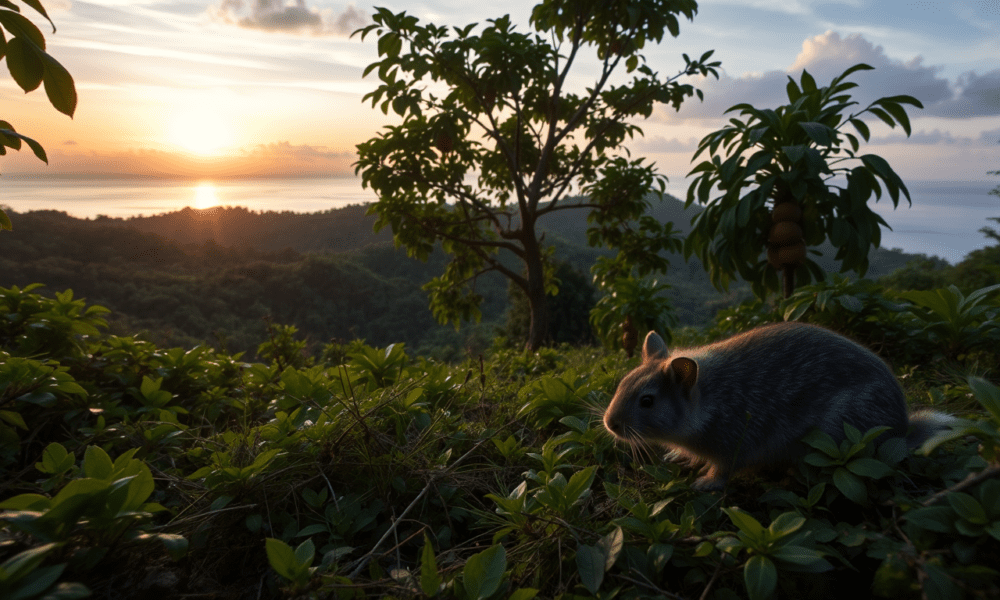
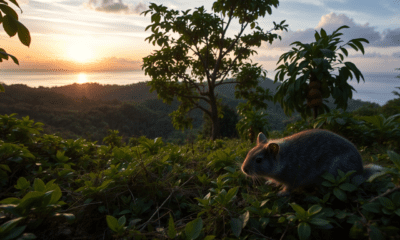

Japan's Ryukyu Islands, which includes Okinawa, are the exclusive home to two rare mammals, the Amami rabbit and Ryukyu long-furred rat. These animals are hard to...
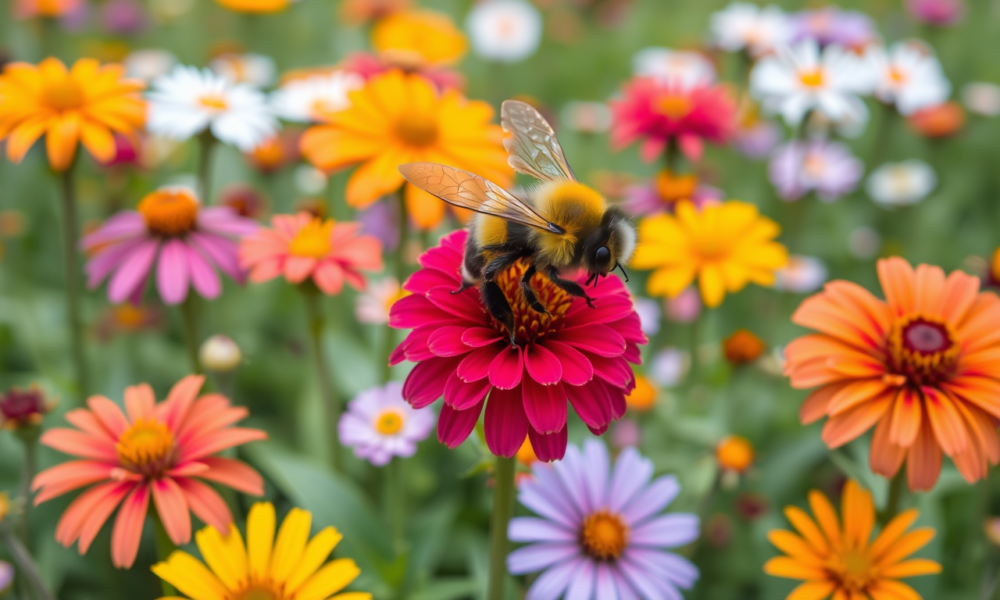
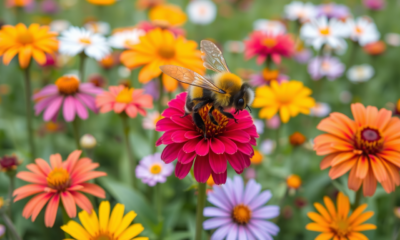

Since Darwin's time, the phenomenon known as flower constancy -- i.e., where insects consistently visit the same flower type even when many others are also present...
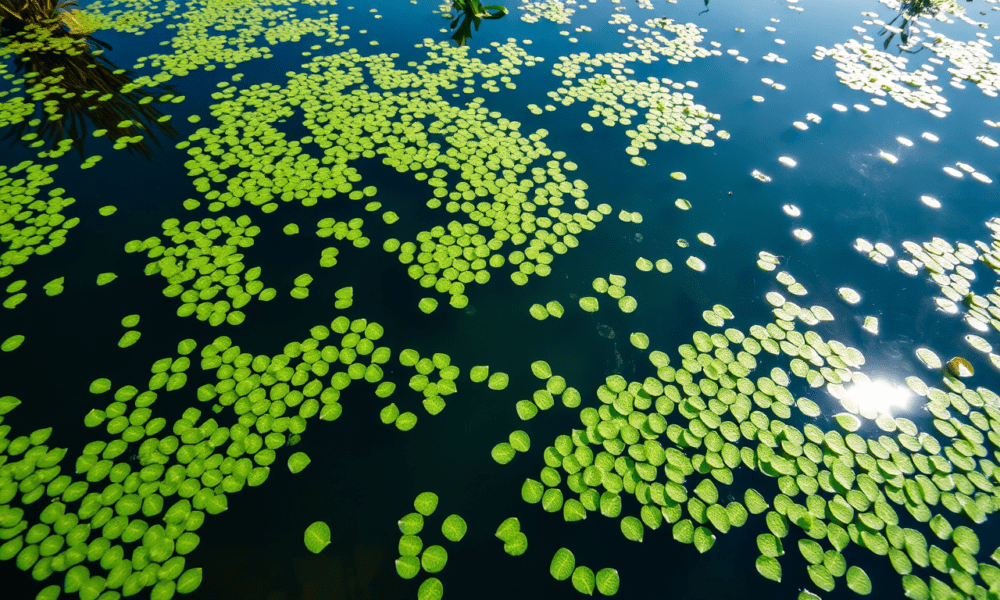
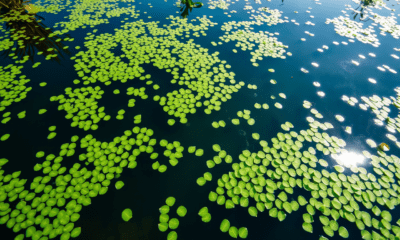

Scientists have released new and more accurate genome sequences for five species of duckweed. Their research reveals the specific genes responsible for some of the plant's...

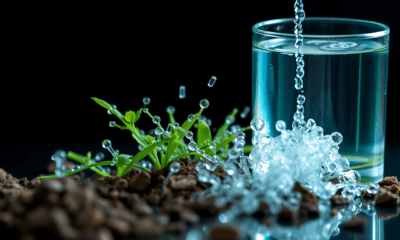

While the threat that microplastics pose to human and ecological health has been richly documented and is well known, nanoplastics, which are smaller than one micrometer...
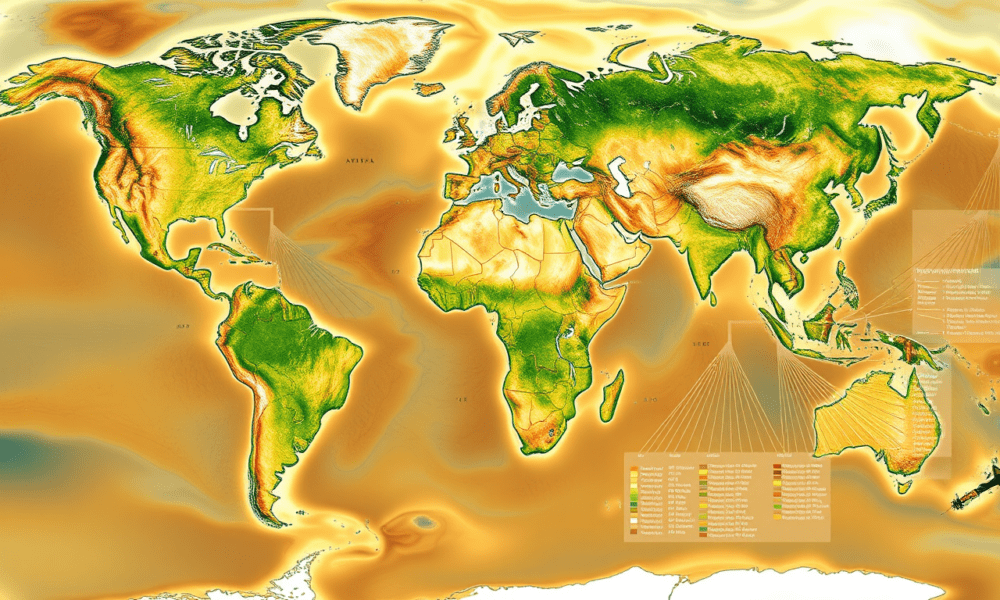
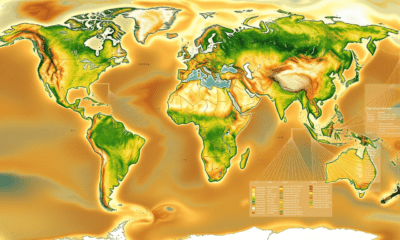

Why do some plants thrive in specific regions but not in others? A study explores the factors shaping plant distributions and how these patterns have changed...
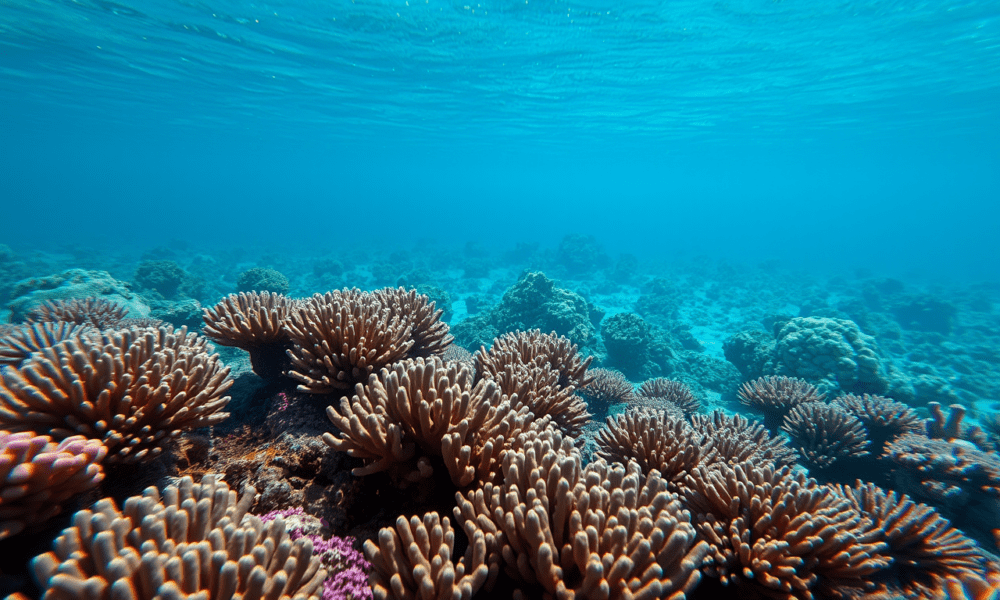


Coral diseases, particularly in the Caribbean, have caused major declines in coral populations, especially affecting staghorn (Acropora cervicornis) and Elkhorn (A. palmata) corals, which play a...
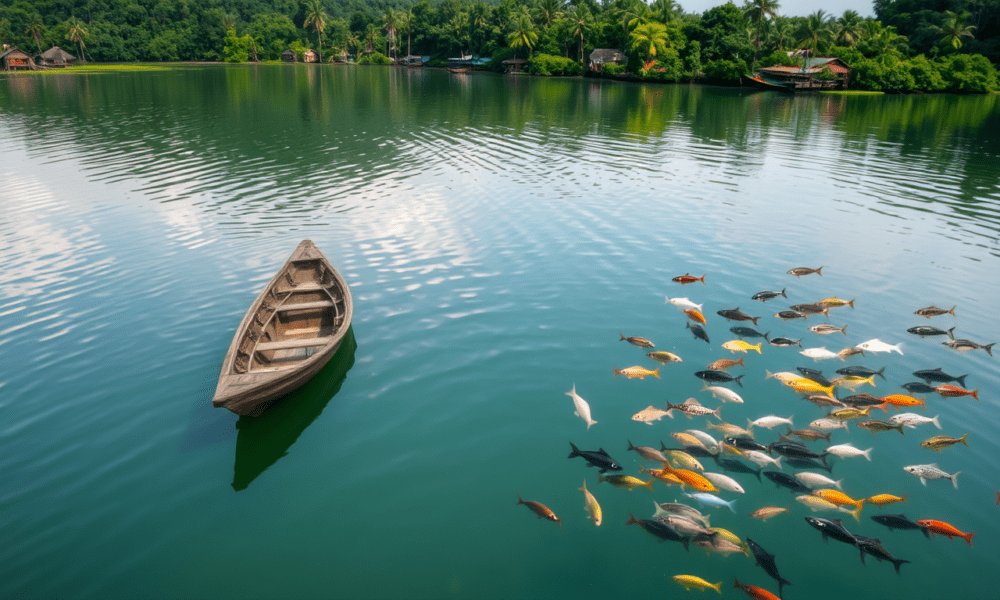
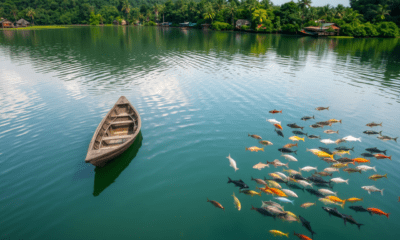

Despite decades of warnings about overfishing, Southeast Asia's capture fisheries have proven remarkably robust.
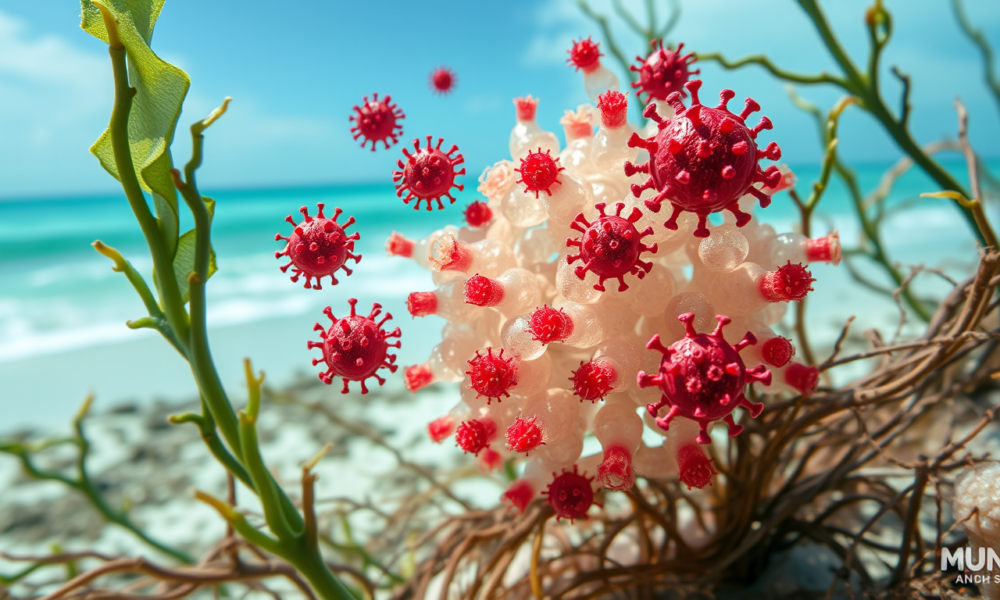
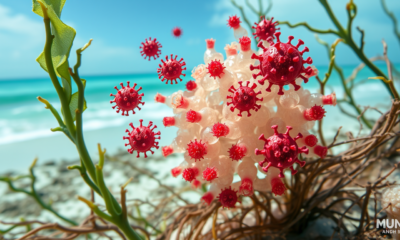

Identifying viruses associated with red tide can help researchers forecast the development of blooms and better understand environmental factors that can cause blooms to terminate. The...
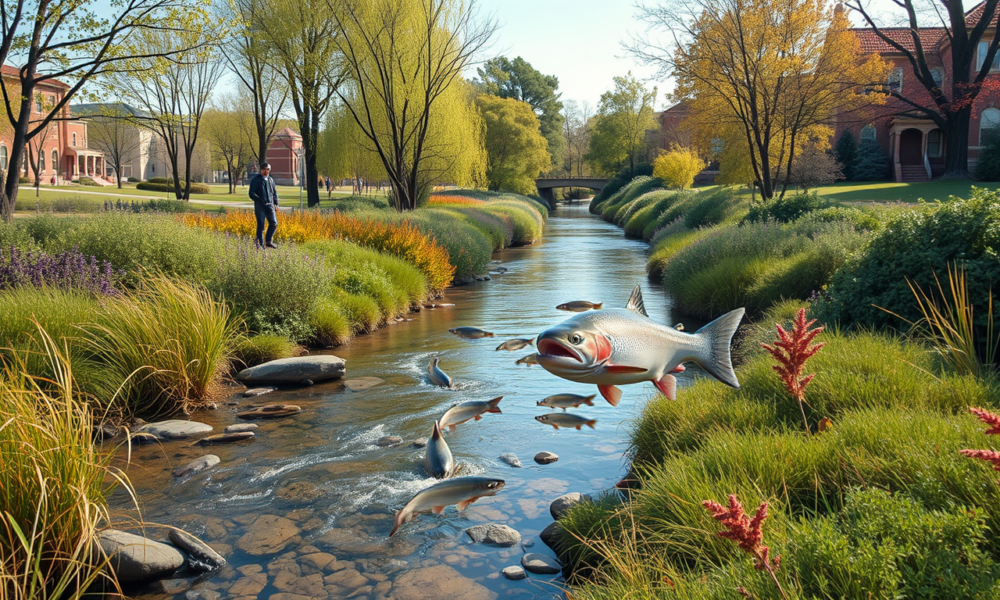
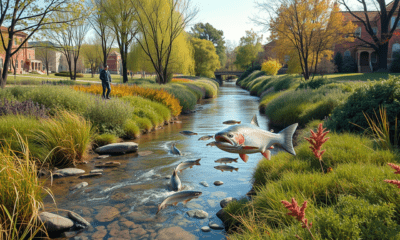

A new study documents Putah Creek-origin salmon, meaning some salmon returning to the restored creek in the fall to spawn were actually born there. The study...



New RNA-based active agents reliably protect plants against the Cucumber mosaic virus (CMV), the most common virus in agriculture and horticulture. They were developed by researchers...